 Latest: Pictures discovered in National Library - pictures from 1882 The Story: Pictures discovered after 130 years! (15/1/2013) |
Newspapers Poem (Gaeilge) & Song (English)
Comóradh 2012
| 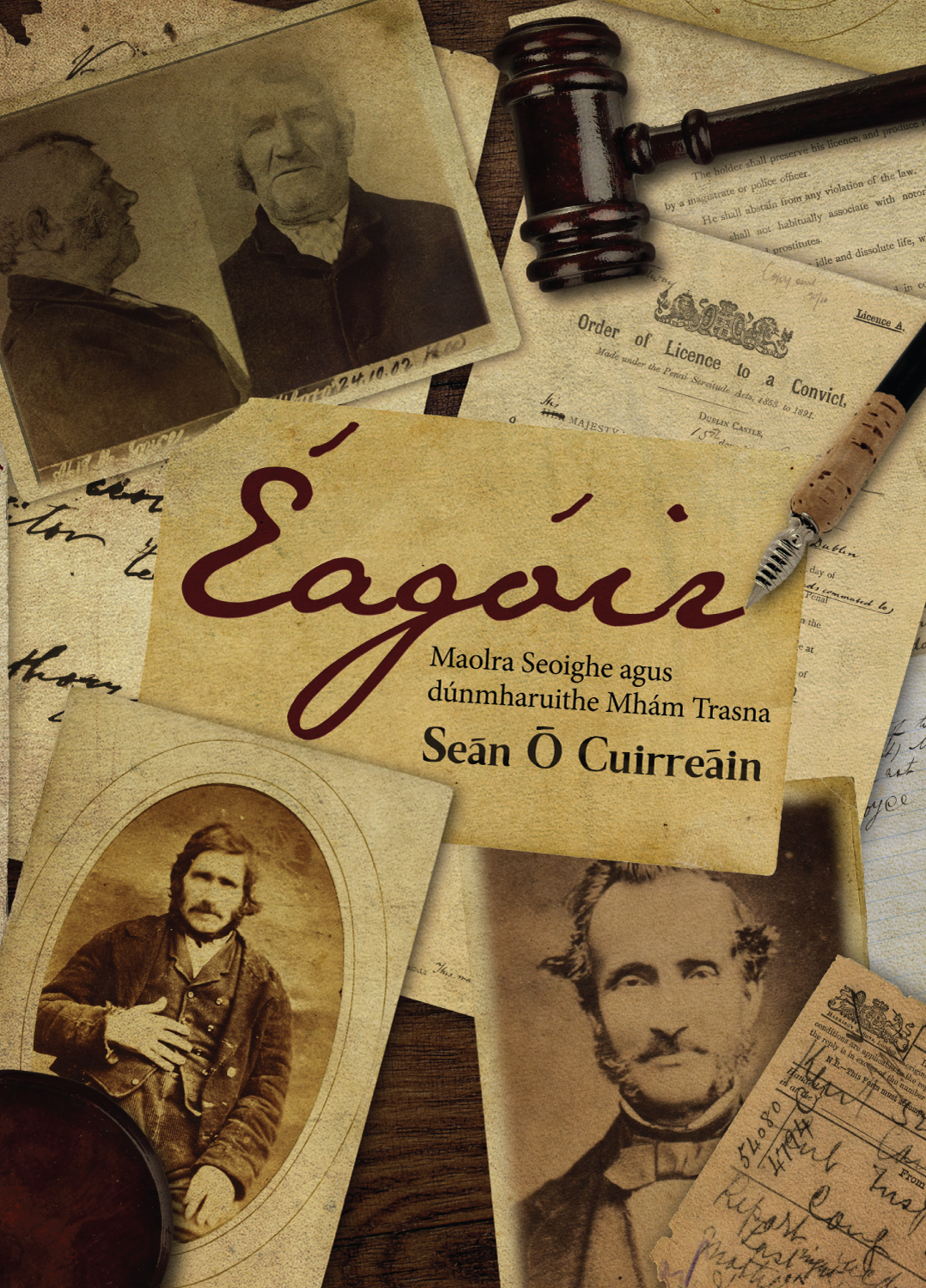
A wrongful hanging in Connemara, 1882 Irish Times 20/5/2016 Reflections on Myles Joyce and the Maamtrasna Murders (Programme PDF) 15 Dec 2012 - Galway 
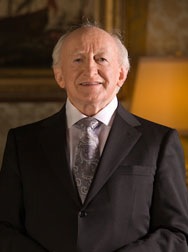 On Facebook The tragic event which became known as the Maamtrasna Murders took place on the 17 August 1882. Maamtrasna is a Gaeltacht area located on the shores of Lough Mask on the border between Galway and Mayo. A family of five were slaughtered in their mountainside cottage: John Joyce, his [second] wife Bridget, his daughter, Peigí and his mother Margaret were murdered. His son, Michael, was badly wounded and died the following day as a result of his injuries. The youngest of the family, Patsy, was also injured but survived. The only other member of the family to survive the tragedy was a son Martin who was absent from the home as he was in service in Clonbur at the time. There is no consensus as to the motive for the slaughter and various theories have been suggested. The authorities claimed that John Joyce was treasurer of one of the local secret societies, Ribbonmen/Fenians which opposed the landlords at that time and they suggested the household was attacked because he was alleged to have misappropriated money belonging to the association. However, a more common theory was that John Joyce habitually stole his neighbours' sheep from the hills and that this was the prime motive for the attack. Others suggested that his mother Margaret was the principal target because she had allegedly informed the authorities about the location in Lough Mask where the bodies of two missing employees of a landlord had been dumped. Still others believed that the murders related to the overly close friendship between the daughter of the house, the teenager Peigí, and a member of the RIC, a relationship which wouldn't have been acceptable at that time.
Charged The first three who were tried, Pat Joyce, Pat ("Pádraig Shéamuis") Casey and Myles Joyce were found guilty and sentenced to death. The other five decided, on the advice of their priest, Father Micheál Mac Aoidh from Clonbur, that they would plead guilty in order to avoid the hangman. They were sentenced to death but the queen's deputy in Ireland, the Earl Spenser, commuted those sentences to penal servitude for life. It was reported that Queen Victoria herself wished all eight to be hanged.
Execution On his way to the scaffold that morning, it is reported that Myles Joyce said; "Feicfidh mé Íosa Críost ar ball beag - crochadh eisean san éagóir chomh maith. ...Ara, tá mé ag imeacht...Go bhfóire Dia ar mo bhean agus a cúigear dílleachtaí." ["I will see Jesus Christ in a short while - he too was unjustly hanged ... I am going ...God help my wife and her five orphans"]. History records that the hangman, William Marwood's efforts didn't go according to plan, that Myles Joyce died from strangulation rather than hanging, and that his death was torturously slow and painful.
Retraction and campaign The British authorities refused the full inquiry into the case sought by the Archbishop of Tuam, and by journalists and politicians, including Charles Stewart Parnell. Further information about the case came to light in subsequent years. It appeared that evidence which could have helped prove the innocence of some of the men had been concealed from the court and from the defence lawyers. Allegations were made that the authorities tried in as far as possible to restrict the number of Catholics on the jury. It also appeared that evidence in Irish was ignored and that very little of it was translated into English in court. A policeman had been assigned the duty of interpreting the accuseds' words to English. A full inquiry was refused although evidence accumulated that there had been a miscarriage of justice. It was widely accepted that one of those in prison was guilty of taking part in the murders (along with two of those that were hanged) but it was also believed that the other four prisoners were as innocent as Myles Joyce. It is also thought that three others who did take part in the murders, including the person who planned and directed them, were never charged.
The Maamtrasna Alliance Two of the five men convicted of the crime died in prison and the other three, two brothers and a nephew of Myles Joyce, spent 20 years in custody for a crime they did not commit. Their wives appealed for their release to the queen's deputy, Lord Dudley and his wife when the couple visited Connemara in 1902. When the men were at last released on 24 September 1902 they were put on a train from Dublin to Ballinrobe and they walked the final eighteen miles home to Ceapach an Creiche under the shadow of Maamtrasna, in the darkness and the rain.
Robert Kee (Historian) on publication of "Maamtrasna, the Murders and the Mystery" by Jarlath Waldron (1992): 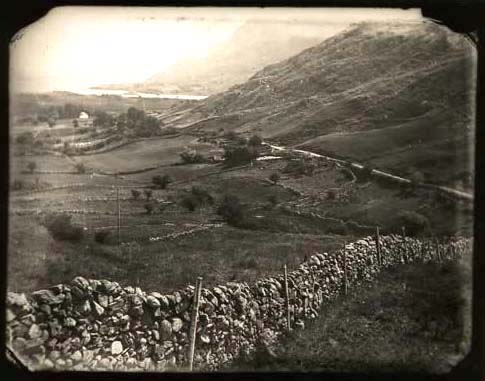 Mám Trasna fadó |
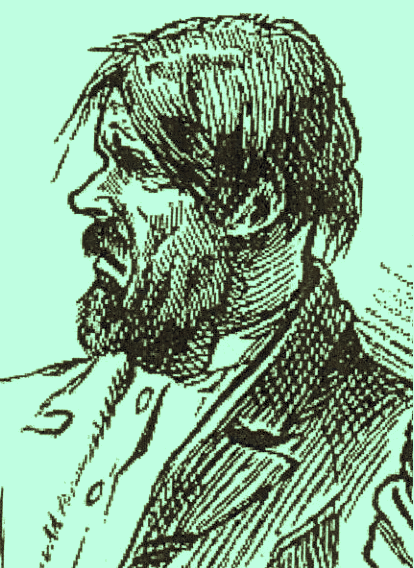
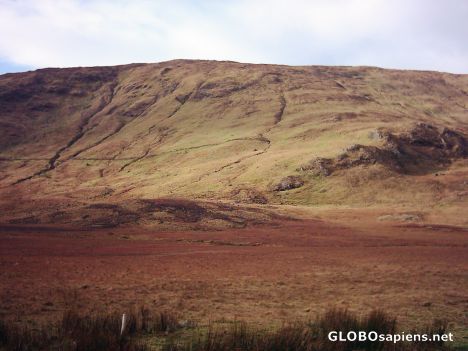 The three who were to be hanged were brought back to Galway Jail to the prison that then stood on the site of the Galway Cathedral now. Shortly before they were hanged two of them admitted separately that they themselves were in fact guilty but that Myles Joyce was innocent. This appeared to be insufficient for the Earl Spenser to postpone or revoke the execution and he confirmed in a telegram to the prison's governor on the eve of the hanging that "The law must take its course".
The three who were to be hanged were brought back to Galway Jail to the prison that then stood on the site of the Galway Cathedral now. Shortly before they were hanged two of them admitted separately that they themselves were in fact guilty but that Myles Joyce was innocent. This appeared to be insufficient for the Earl Spenser to postpone or revoke the execution and he confirmed in a telegram to the prison's governor on the eve of the hanging that "The law must take its course".